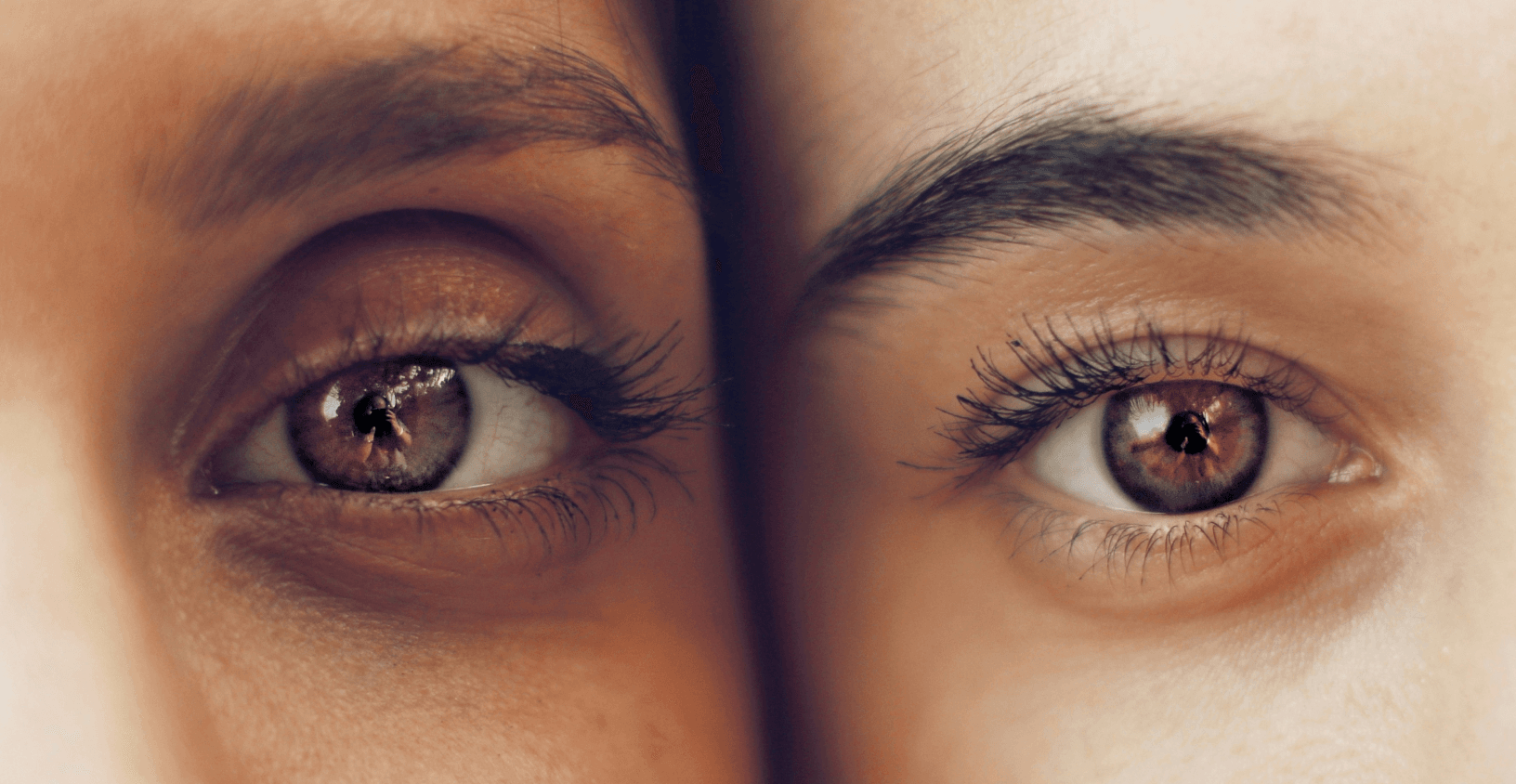

Understanding the transformative potential of eye surgery necessitates a basic appreciation of the eye's intricate workings. The human eye is a marvel of biological engineering, enabling the rich visual experience of our environment through a complex yet seamless process.
Despite the eye's precision, variations in its anatomy or changes over time can disrupt normal vision, requiring individuals to wear glasses or contact lenses. Here’s how some common conditions affect sight and how modern medicine intervenes:


As we age, the lens becomes gradually stiffer, and the tiny muscles attached to it, become weaker. To allow us to see equally well close up and at a distance, the lens must accommodate itself, becoming flatter for distance vision and more convex for near vision. When it loses this ability to increase its convexity, we lose our ability to see well up close. A person over about 40 or 45 will inevitably get presbyopia, regardless of previous vision, sex, race, lifestyle, nutrition or any other variable. Then out come the famous reading glasses.
Presbyopia is age-related farsightedness, not caused by the cornea being too flat, but by the lens being unable to become curved enough. Therefore a standard laser vision correction procedure can't treat it. Instead, monovision laser vision correction, contact lenses or intraocular lenses are used.
You can read more about these options by using these links.
As we age, not only does the lens become stiffer, it can also become cloudy, causing dimness in our vision.
The lens mostly consists of water and various proteins. Over time, the proteins can start clumping together, creating a small area of opacity in the otherwise transparent lens. Now when the light rays enter the eye, they pass through the cornea, but some of them are blocked by the cloudy area, and don't reach the retina. Thus we have missing information in our eyesight.
If no treatment is done, this opaque area, the cataract, will slowly expand until the person loses all vision and becomes blind. So far, there is no way to reverse the cataract growth. The only successful treatment is to replace the natural lens with an implantable lens.
Besides aging, there are some other risk factors for cataracts, such as diabetes and certain medications.
To learn more about cataracts and the ways we can treat them, please use these links.
At Clearview Eye & Laser Medical Center, under the expert guidance of Dr. Sandy T. Feldman, we're dedicated to enhancing your vision at every stage of life. From correcting common refractive errors like myopia, hyperopia, and astigmatism, to navigating the challenges of age-related conditions such as presbyopia and cataracts, we offer personalized, advanced solutions tailored to your unique needs. Embrace the opportunity for clearer, more vibrant vision. Reach out to schedule your consultation and embark on a journey to optimal eye health with us.
Contact Us: Discover the path to your clearest vision yet. Connect with Clearview today to explore your vision correction options.

Call Us: (858) 452-3937
8:30AM - 7:00 PM - Monday through Saturday (Saturday until 11:30AM)